Filter by
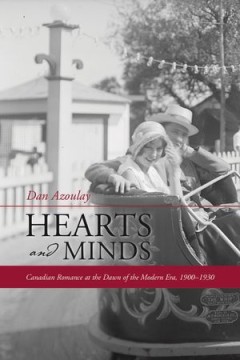
Hearts and Minds Canadian Romance at the Dawn of the Modern Era, 1900-1930
What was romance like for Canadians a century ago? What qualities did marriageable men and women look for in prospective mates? How did they find suitable partners in difficult circumstances such as frontier isolation and parental disapproval, and, when they did, how did courtship proceed in the immediate post-Victorian era, when traditional romantic ideals and etiquette were colliding with the…
- Edition
- -
- ISBN/ISSN
- 9781552385821
- Collation
- -
- Series Title
- -
- Call Number
- -
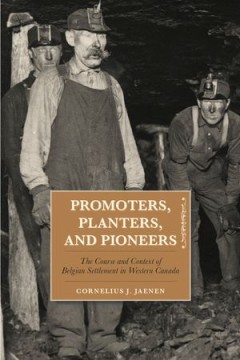
Promoters, Planters, and Pioneers: The Course and Context of Belgian Settleme…
In this comprehensive study of Belgian settlement in western Canada, Cornelius Jaenen shows that Belgian immigration was unique in its character and brought with it significant benefits out of proportion to its comparatively small numbers. Canadas first Immigration Act (1869) included Belgium among the “preferred countries” from which immigrants should be sought, but unlike many other Europ…
- Edition
- -
- ISBN/ISSN
- 9781552385708
- Collation
- -
- Series Title
- -
- Call Number
- 971 JAE p
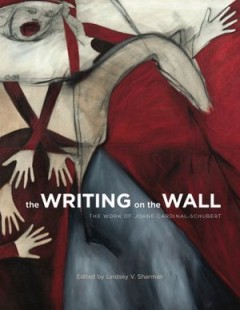
The Writing on the Wall : The Work of Joane Cardinal-Schubert
Artist. Activist. Curator. Joane Cardinal-Schubert was a phenomenal talent. Her work recognizes the social and political ramifications of lived Indigenous experience, exposing truths about history, culture, and the contemporary world. She was a teacher and mentor, supporting those who struggle against the legacies of colonial history. She was an activist for Indigenous sovereignty, advocating f…
- Edition
- -
- ISBN/ISSN
- 978-1-55238-950-8
- Collation
- -
- Series Title
- -
- Call Number
- 759.11 WRI
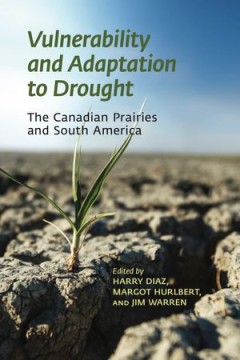
Vulnerability and Adaptation to Drought The Canadian Prairies and South America
Although there is considerable historical literature describing the social and economic impact of drought on the prairies in the 1930s, little has been written about the challenges presented by drought in more contemporary times. The drought of 2001-02 was, for example, the most recent large-area, intense, and prolonged drought in Canada and one of Canada’s most costly natural disasters in a …
- Edition
- -
- ISBN/ISSN
- 9781552388204
- Collation
- -
- Series Title
- -
- Call Number
- -
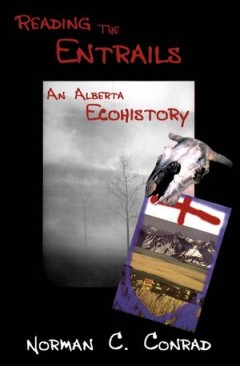
Reading the Entrails An Alberta Ecohistory
Before the fall of Imperial Rome, priests cast the guts of sacrificial animals on the temple floor, claiming to be able to divine the future from these entrails. By probing the remains of Alberta’s past sacrifices (reading the entrails), the author believes we might dimly see an apparition of Alberta’s future. This controversial book vividly portrays the history of land and life in Alberta …
- Edition
- -
- ISBN/ISSN
- 9781552386712
- Collation
- -
- Series Title
- -
- Call Number
- -
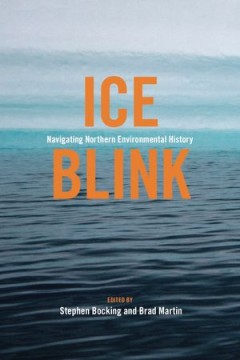
Ice Blink Navigating Northern Environmental History
Northern Canada’s distinctive landscapes, its complex social relations and the contested place of the North in contemporary political, military, scientific and economic affairs have fueled recent scholarly discussion. At the same time, both the media and the wider public have shown increasing interest in the region. This timely volume extends our understanding of the environmental history of …
- Edition
- -
- ISBN/ISSN
- 9781552388556
- Collation
- -
- Series Title
- -
- Call Number
- -
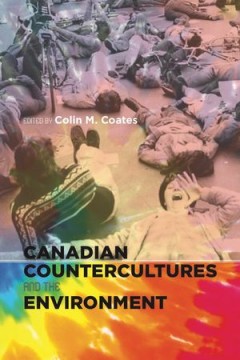
Canadian Countercultures and the Environment
Studies of the radical environmental politics of the 1960s have tended to downplay the extent to which much of that countercultural intellectual and social ferment continued into the 1970s and 1980s. Canadian Countercultures and the Environment adds to our knowledge of this understudied period. This collection contributes a sustained analysis of the beginning of major environmental debates in t…
- Edition
- -
- ISBN/ISSN
- 9781552388150
- Collation
- -
- Series Title
- -
- Call Number
- -
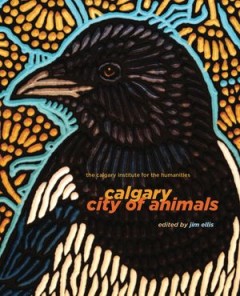
Calgary
How have our interactions with animals shaped Calgary? What can we do to ensure that humans and animals in the city continue to co-exist, and even flourish together? This wide-ranging book explores the ways that animals inhabit our city, our lives and our imaginations. Essays from animal historians, wildlife specialists, artists and writers address key issues such as human-wildlife interactions…
- Edition
- -
- ISBN/ISSN
- 9781552389683
- Collation
- -
- Series Title
- -
- Call Number
- -
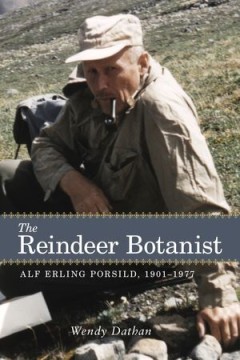
The Reindeer Botanist : Alf Erling Porsild, 1901-1977
This well-researched book is the first biography of one of Canadas most remarkable botanists. Alf Erling Porsild (1901-1977) grew up on the Arctic Station in West Greenland and later served as curator of botany at the National Museum of Canada. He collected thousands of specimens, greatly enlarging the National Herbarium and making it a superb research centre. For nearly twenty years, Porsild s…
- Edition
- -
- ISBN/ISSN
- 978-1-55238-588-3
- Collation
- -
- Series Title
- Northern lights, 1925-2943 ; 14
- Call Number
- 580.92 DAT r
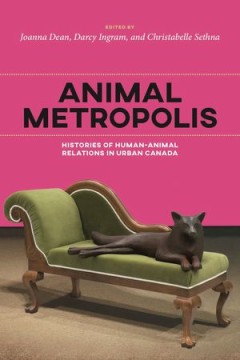
Animal Metropolis
Animal Metropolis brings a Canadian perspective to the growing field of animal history, ranging across species and cities, from the beavers who engineered Stanley Park to the carthorses who shaped the city of Montreal. Some essays consider animals as spectacle: orca captivity in Vancouver, polar bear tourism in Churchill, Manitoba, fish on display in the Dominion Fisheries Museum, and the racia…
- Edition
- -
- ISBN/ISSN
- 9781552388655
- Collation
- -
- Series Title
- -
- Call Number
- -
 Computer Science, Information & General Works
Computer Science, Information & General Works  Philosophy & Psychology
Philosophy & Psychology  Religion
Religion  Social Sciences
Social Sciences  Language
Language  Pure Science
Pure Science  Applied Sciences
Applied Sciences  Art & Recreation
Art & Recreation  Literature
Literature  History & Geography
History & Geography